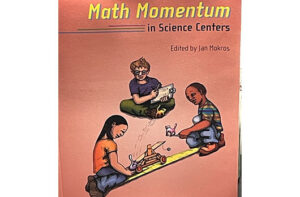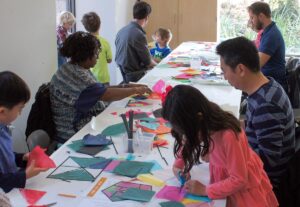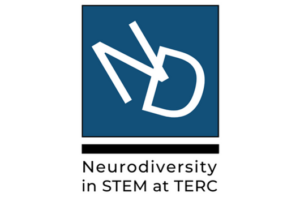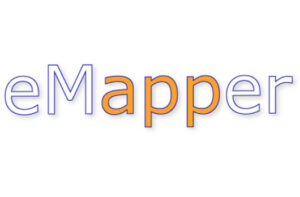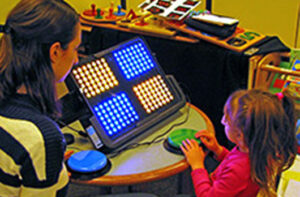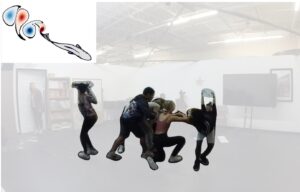NeuroVivid
Developing and Testing a Maker Experience to Build Interest in Careers in Brain-Computer Interfaces Among Neurodivergent Youth
Lead Staff:
Ibrahim Dahlstrom-HakkiZac Alstad
Jodi Asbell-Clarke
Project Staff:
Erin BardarMia Ong
Kelly Paulson
Renee Pawlowski
Tara Robillard
SummaryThe NeuroVivid project is developing an innovative maker curriculum aimed at strengthening and broadening the talent pool of the future STEM (Science, Technology, Engineering, and Mathematics) workforce. NeuroVivid empowers a middle-school aged neurodiverse (neurodivergent and neurotypical) student population from a variety of ethnic and cultural backgrounds by helping them build their own simple Electroencephalogram (EEG) headsets to understand and interact with their brain activity.
NeuroVivid leverages advances in neuroscience and Human-Computer Interaction (HCI) in the convergent field of Brain-Computer Interfaces (BCI). The NeuroVivid project is designing an adaptable BCI experience in makerspaces to increase interest in STEM among a broad range of learners.
Research Activity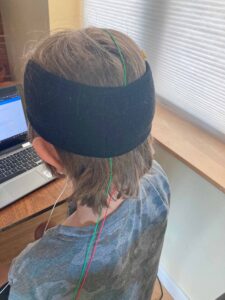 NeuroVivid is being co-developed and tested using a design research approach with makerspace facilitators and with approximately 85 racially, ethnically, and socioeconomically diverse and neurodivergent youth (age 10 to 14). All content and activities will be co-designed with stakeholders to ensure their voices are represented at all stages of the project.
NeuroVivid is being co-developed and tested using a design research approach with makerspace facilitators and with approximately 85 racially, ethnically, and socioeconomically diverse and neurodivergent youth (age 10 to 14). All content and activities will be co-designed with stakeholders to ensure their voices are represented at all stages of the project.
The NeuroVivid research team will use a mixed methods research approach to identify the design elements that are essential to BCI learning materials that build interest in STEM among neurodivergent learners. This research will also explore how intersections of race/ethnicity, gender, and neurodivergence affect the development of interests and identities in STEM in the context of this curriculum.
To achieve these research purposes, a neurodiverse project team will generate data sources such as transcripts from interviews and focus groups from racially and ethnically diverse youth who participate in NeuroVivid. Pre- and post-surveys that measure STEM interests and identities will also provide indicators as to NeuroVivid’s effectiveness among neurodivergent youth.
Ultimately, this project will advance practice in makerspaces through generating knowledge about how these spaces can more explicitly affirm a broader range of cognitive strengths, while increasing neurodivergent youths’ interest in the STEM careers of the future.
Impact‘NeuroVivid aims to broaden participation in STEM careers by nurturing the unique skills and talents of neurodivergent learners. The project pays particular attention to the intersectionality of neurodiversity with race, gender, and SES. The NeuroVivid maker curriculum can as a result serve as a model for creating more inclusive STEM maker experiences by identifying barriers to inclusion and how to overcome them.
The project’s co-design approach will serve the dual role of providing direct professional experiences to participating co-designers as well as ensuring that the voices of the served community are included throughout the project. The NeuroVivid maker curriculum will be open-source and freely available, and the BCI components are affordable and widely available. This will ensure that NeuroVivid can be equitably and broadly scaled in the future.
The NeuroVivid project is developing an innovative maker curriculum aimed at strengthening and broadening the talent pool of the future STEM (Science, Technology, Engineering, and Mathematics) workforce. NeuroVivid empowers a middle-school aged neurodiverse (neurodivergent and neurotypical) student population from a variety of ethnic and cultural backgrounds by helping them build their own simple Electroencephalogram (EEG) headsets to understand and interact with their brain activity.
NeuroVivid leverages advances in neuroscience and Human-Computer Interaction (HCI) in the convergent field of Brain-Computer Interfaces (BCI). The NeuroVivid project is designing an adaptable BCI experience in makerspaces to increase interest in STEM among a broad range of learners.
 NeuroVivid is being co-developed and tested using a design research approach with makerspace facilitators and with approximately 85 racially, ethnically, and socioeconomically diverse and neurodivergent youth (age 10 to 14). All content and activities will be co-designed with stakeholders to ensure their voices are represented at all stages of the project.
NeuroVivid is being co-developed and tested using a design research approach with makerspace facilitators and with approximately 85 racially, ethnically, and socioeconomically diverse and neurodivergent youth (age 10 to 14). All content and activities will be co-designed with stakeholders to ensure their voices are represented at all stages of the project.
The NeuroVivid research team will use a mixed methods research approach to identify the design elements that are essential to BCI learning materials that build interest in STEM among neurodivergent learners. This research will also explore how intersections of race/ethnicity, gender, and neurodivergence affect the development of interests and identities in STEM in the context of this curriculum.
To achieve these research purposes, a neurodiverse project team will generate data sources such as transcripts from interviews and focus groups from racially and ethnically diverse youth who participate in NeuroVivid. Pre- and post-surveys that measure STEM interests and identities will also provide indicators as to NeuroVivid’s effectiveness among neurodivergent youth.
Ultimately, this project will advance practice in makerspaces through generating knowledge about how these spaces can more explicitly affirm a broader range of cognitive strengths, while increasing neurodivergent youths’ interest in the STEM careers of the future.
Impact‘NeuroVivid aims to broaden participation in STEM careers by nurturing the unique skills and talents of neurodivergent learners. The project pays particular attention to the intersectionality of neurodiversity with race, gender, and SES. The NeuroVivid maker curriculum can as a result serve as a model for creating more inclusive STEM maker experiences by identifying barriers to inclusion and how to overcome them.
The project’s co-design approach will serve the dual role of providing direct professional experiences to participating co-designers as well as ensuring that the voices of the served community are included throughout the project. The NeuroVivid maker curriculum will be open-source and freely available, and the BCI components are affordable and widely available. This will ensure that NeuroVivid can be equitably and broadly scaled in the future.
‘NeuroVivid aims to broaden participation in STEM careers by nurturing the unique skills and talents of neurodivergent learners. The project pays particular attention to the intersectionality of neurodiversity with race, gender, and SES. The NeuroVivid maker curriculum can as a result serve as a model for creating more inclusive STEM maker experiences by identifying barriers to inclusion and how to overcome them.
The project’s co-design approach will serve the dual role of providing direct professional experiences to participating co-designers as well as ensuring that the voices of the served community are included throughout the project. The NeuroVivid maker curriculum will be open-source and freely available, and the BCI components are affordable and widely available. This will ensure that NeuroVivid can be equitably and broadly scaled in the future.
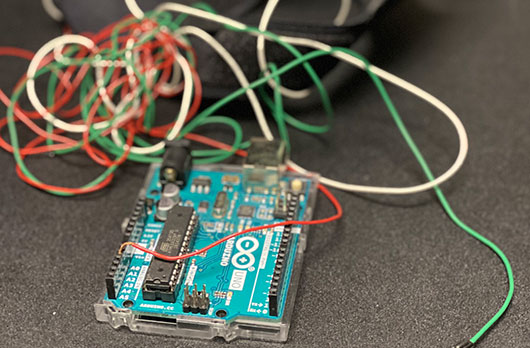
Funder:
National Science Foundation
Award Number:
DRL-2241380
New York Hall of Science (NYSCI)
Education Development Center (EDC)
MXTReality
4/1/2023 – 3/31/2026
Share This Page:

